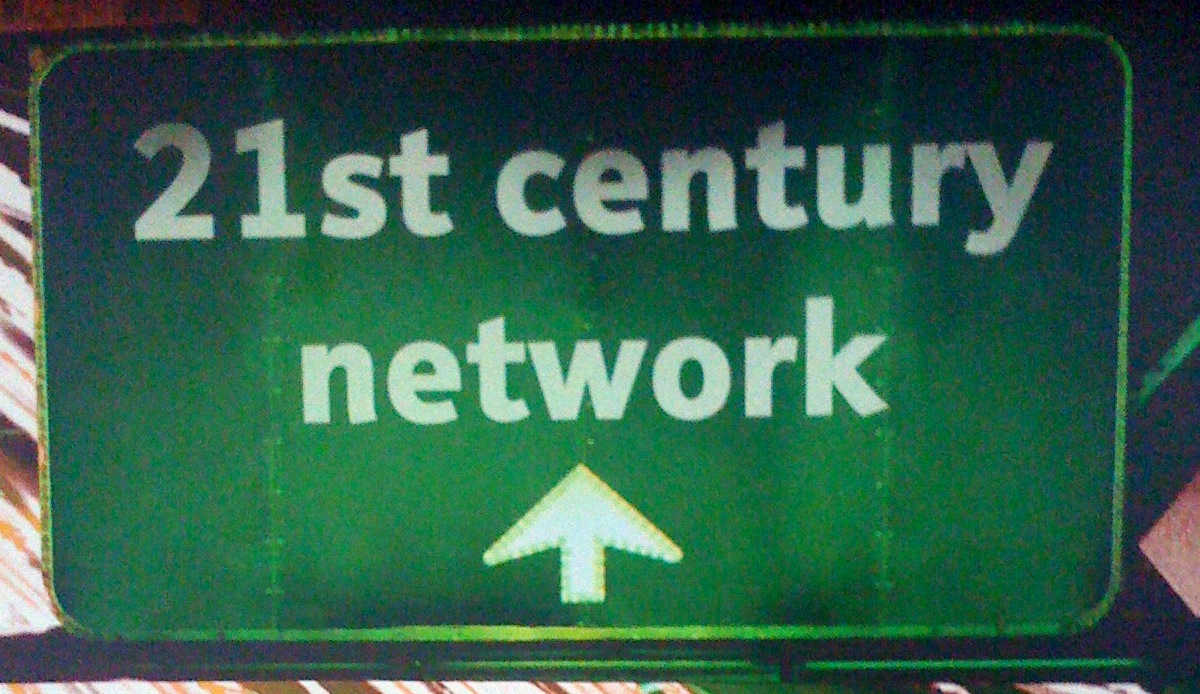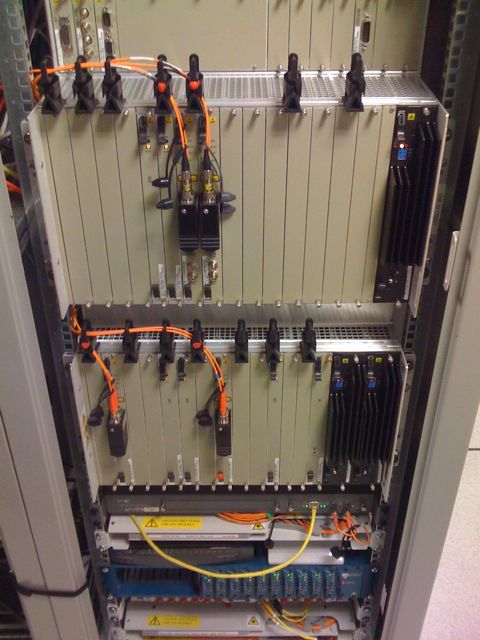No I’m not talking TV channels here. I’m talking channels to market for converged services. And I’m not talking about which company within a channel will win. I’m talking about which channel will win.
Out there in the big wide world there are three basic types of channel that sell communications services:
- mobile resellers,
- PBX resellers and
- IT resellers
Traditionally none of these channels have stepped on each other’s toes. Ok I know there are probably companies out there that might claim to cover more than one of the spaces but seldom all three.
Certainly mobile dealers find it hard to sell non mobile services. Although PBX resellers have had to get to grips with some aspects of networking in order to be able to sell VoIP enabled products they are far from being involved in the whole gamut of IT related products and services.
Finally in my experience an IT reseller usually doesn’t have the knowledge to be able to sell voice, be it fixed or mobile. It’s not their space.
The UK is moving at high speed towards being a totally internet connected country. If anything it is speeding up (witness yesterday’s Digital Britain announcement and last year’s roll out of 21CN) and the communications requirements of businesses are going to get evermore complex and ever more converged.
Convergence and Unified Communications are somewhat trendy buzzwords which have different meanings to different people. The fact is however that businesses will increasingly want to buy services that work with their other services:
- VoIP that works over a variety of both fixed and mobile networks
- Integration of the office phone system with the applications sat on a desktop and with mobile devices
- Seamless portability of applications and backups of key corporate data
- All this without compromising on network security
Currently I believe it is only high end corporates that can really indulge in a communications roadmap that embodies the true vision of Unified Communications. However I do think that a new breed of business is appearing that smaller companies and channel partners can turn to for access to the wider range of skills and technologies needed to service this new connected market.
This type of business, call it a super-convergence provider, will be able to partner with any reseller from any channel and offer them a range of products and services that is complementary to what they already do. So mobile, voice and IT resellers can carry on with their core business without having to worry about not having all the arrows in the quiver.
So what is the answer to my original question? Which channel will win? I guess my view is that the winner will be the channel that works best with the new breed of super-convergence service providers, one of which is clearly Timico.
I’d be interested to hear from people who have views on this subject, either by commenting on this blog, on facebook or by contacting me directly.



